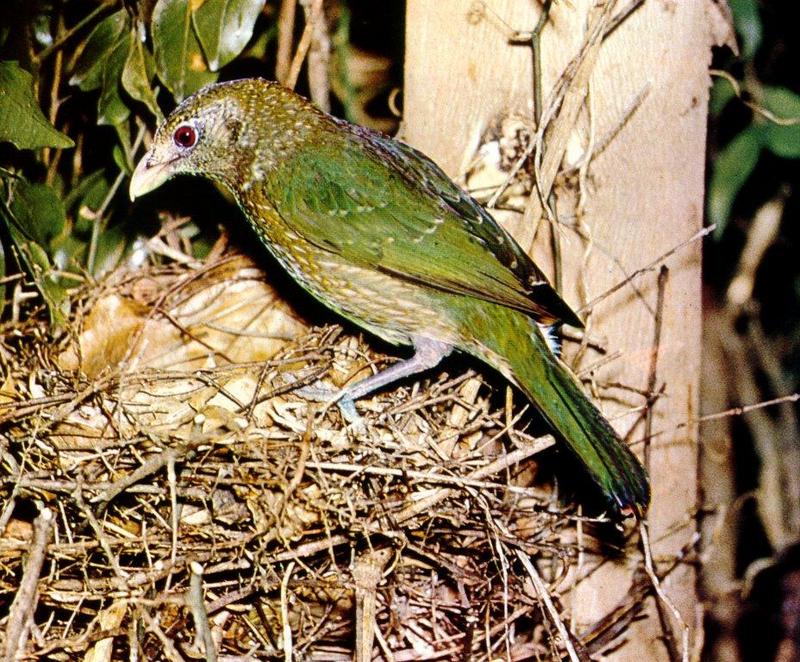|
| Query: bird | Result: 2485th of 32675 | |
Green Catbird (Ailuroedus crassirostris) <!--녹색괭이소리집짓기새(호주)-->
| Subject: | Green Catbird (Ailuroedus crassirostris)
| |

| Resolution: 928x768
File Size: 195304 Bytes
Upload Date: 2005:03:02 13:36:53
|
|
|